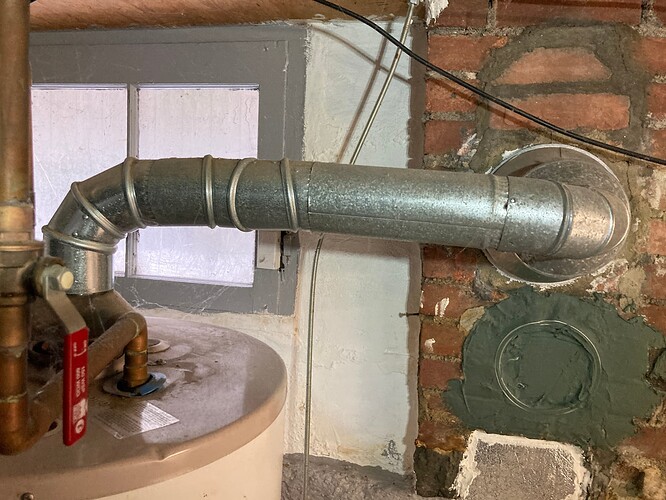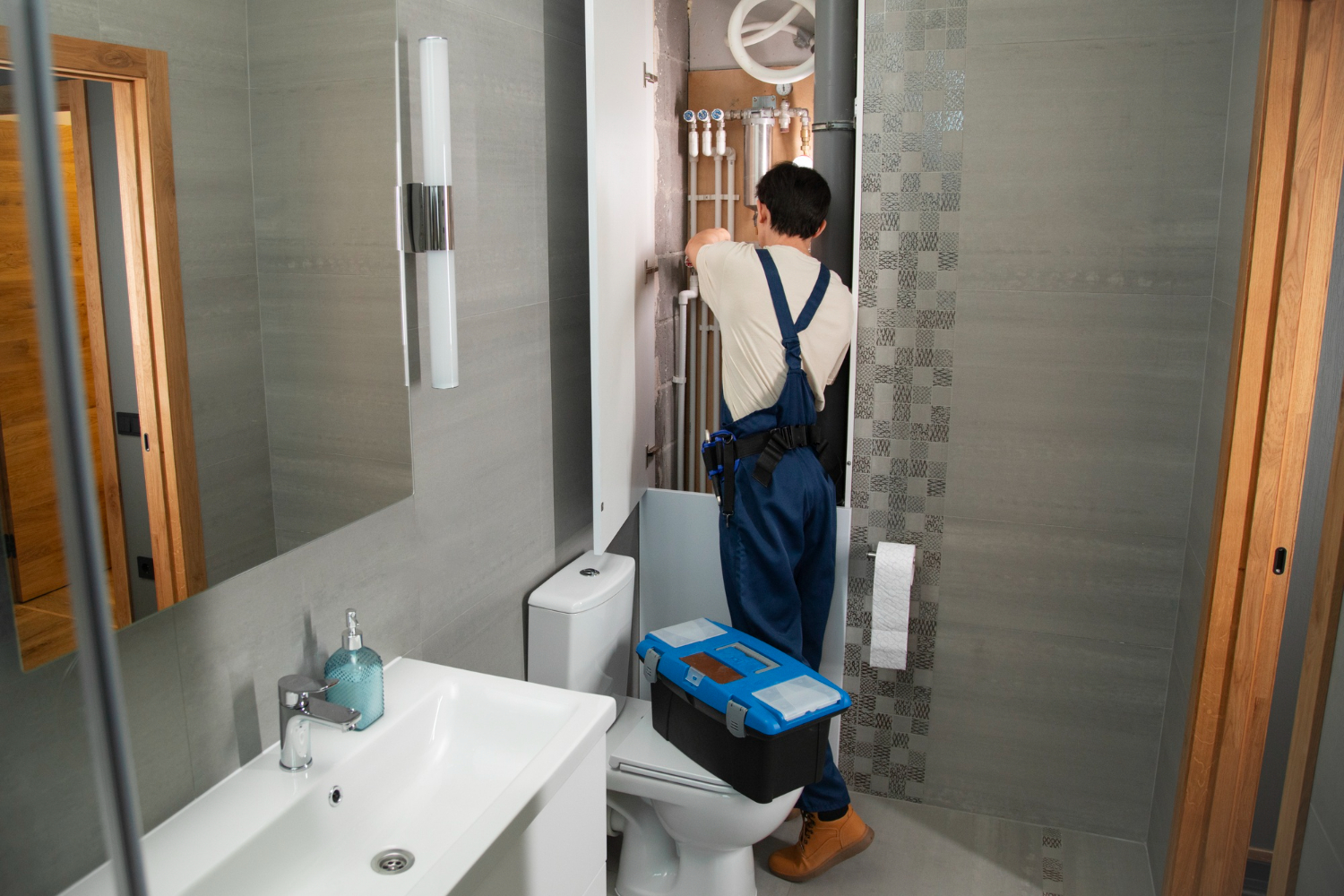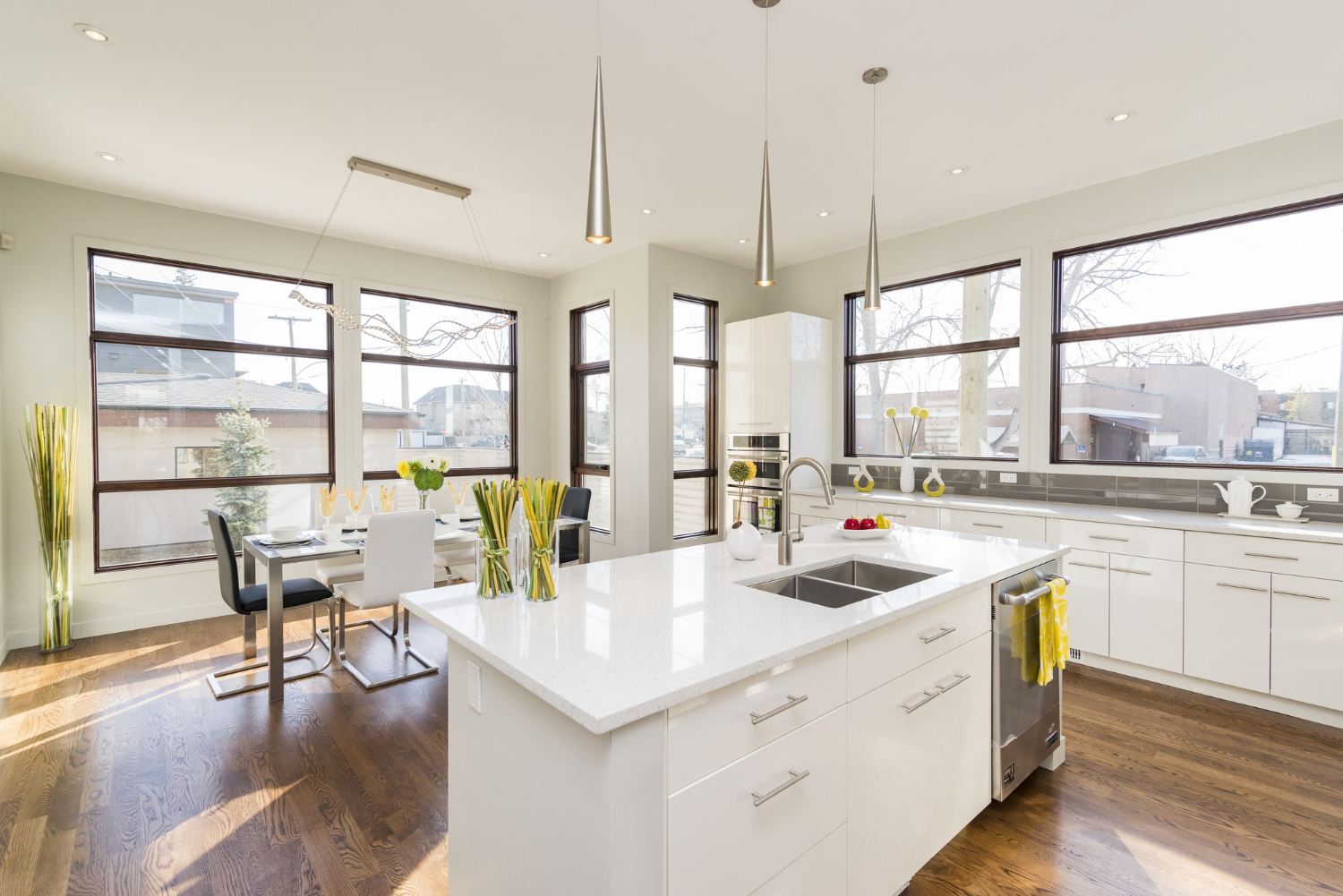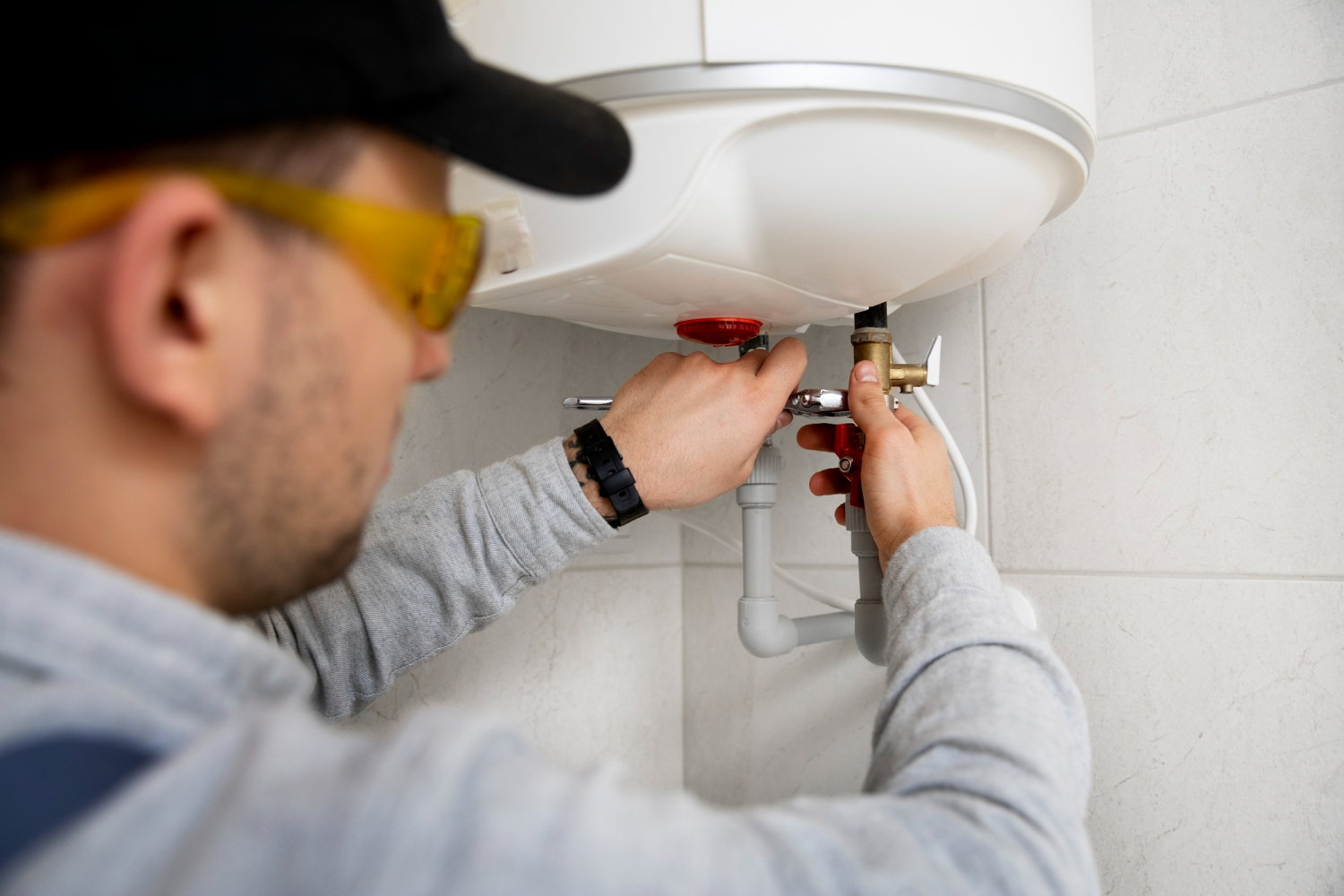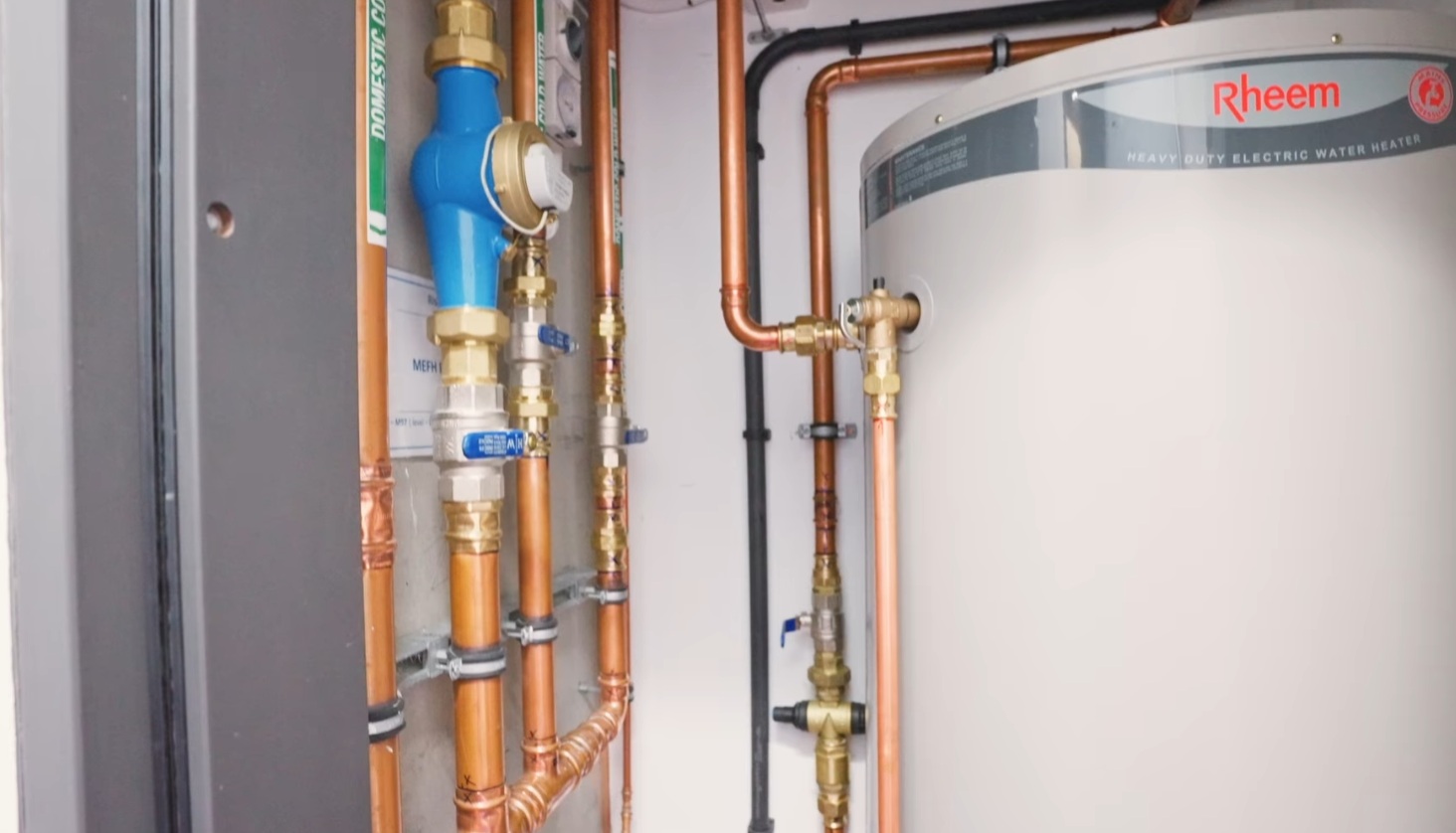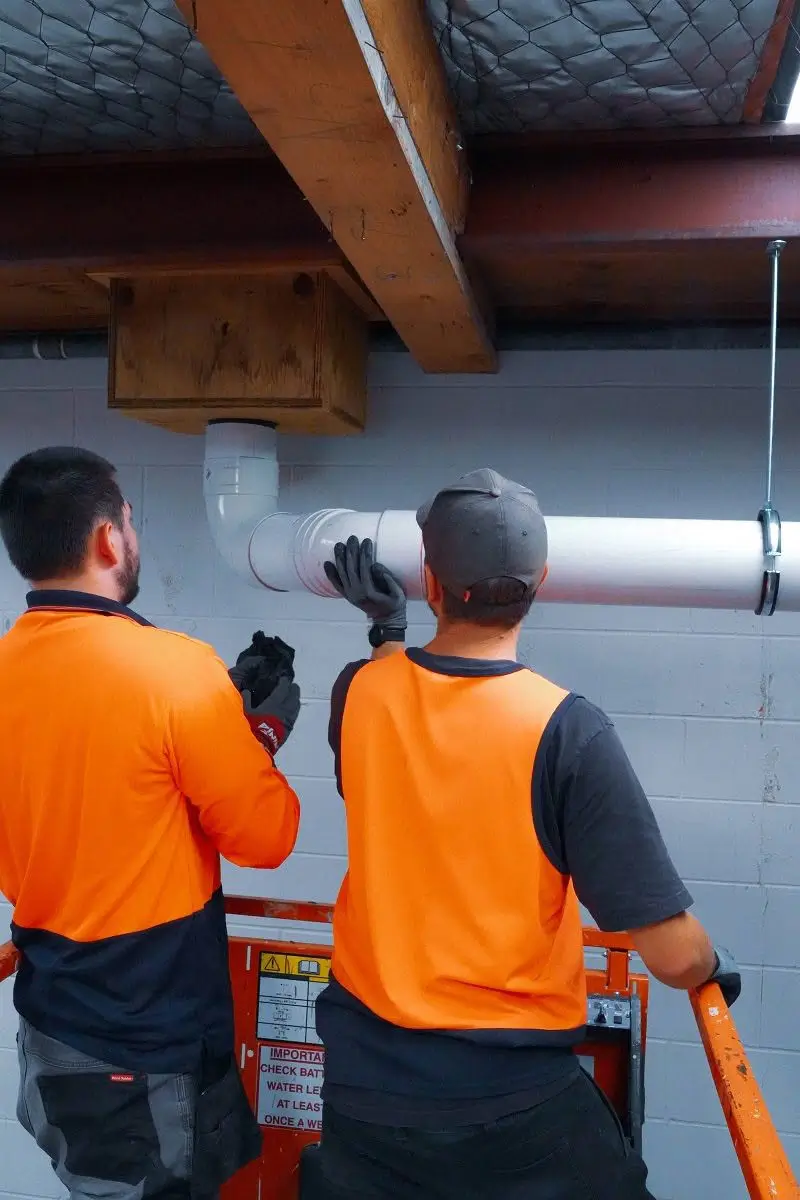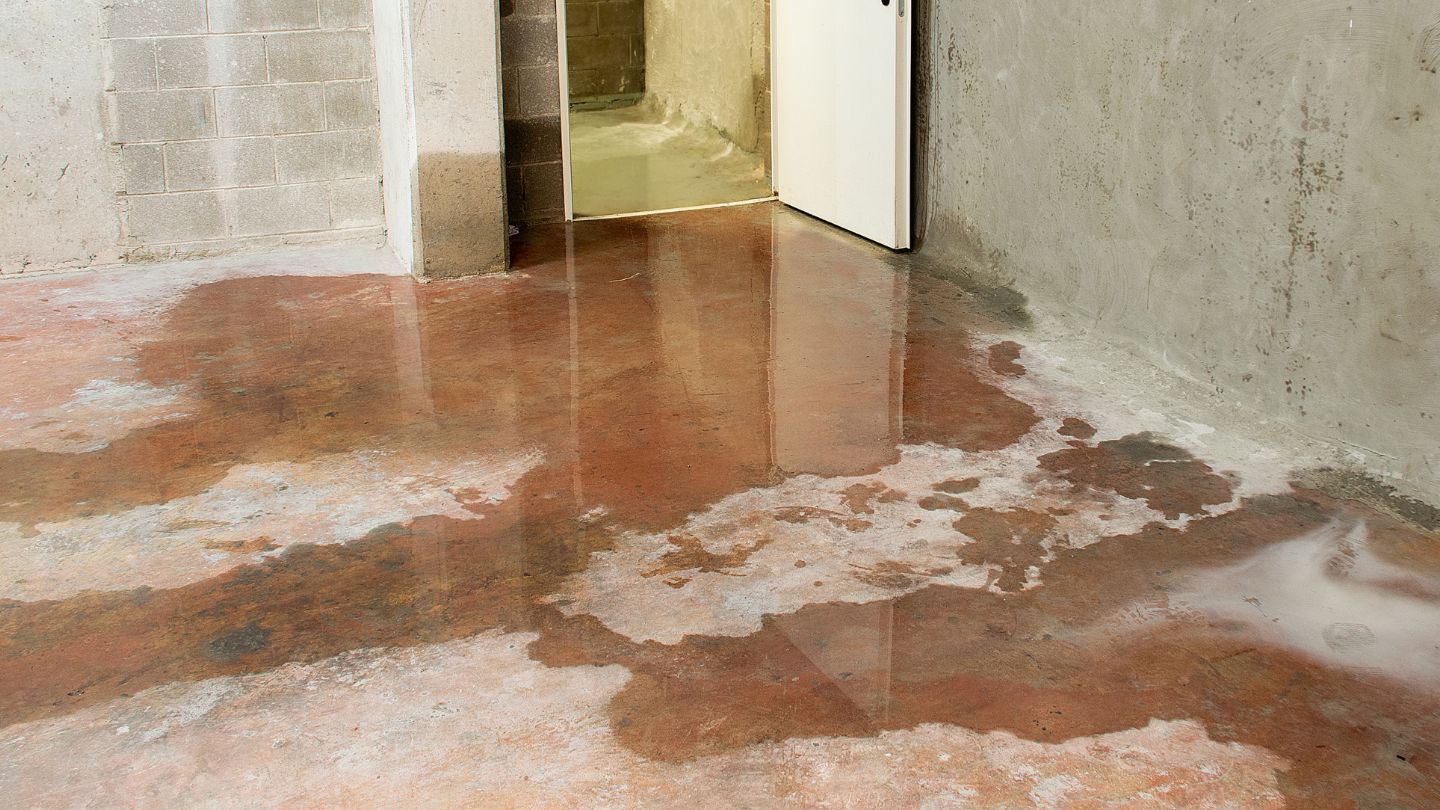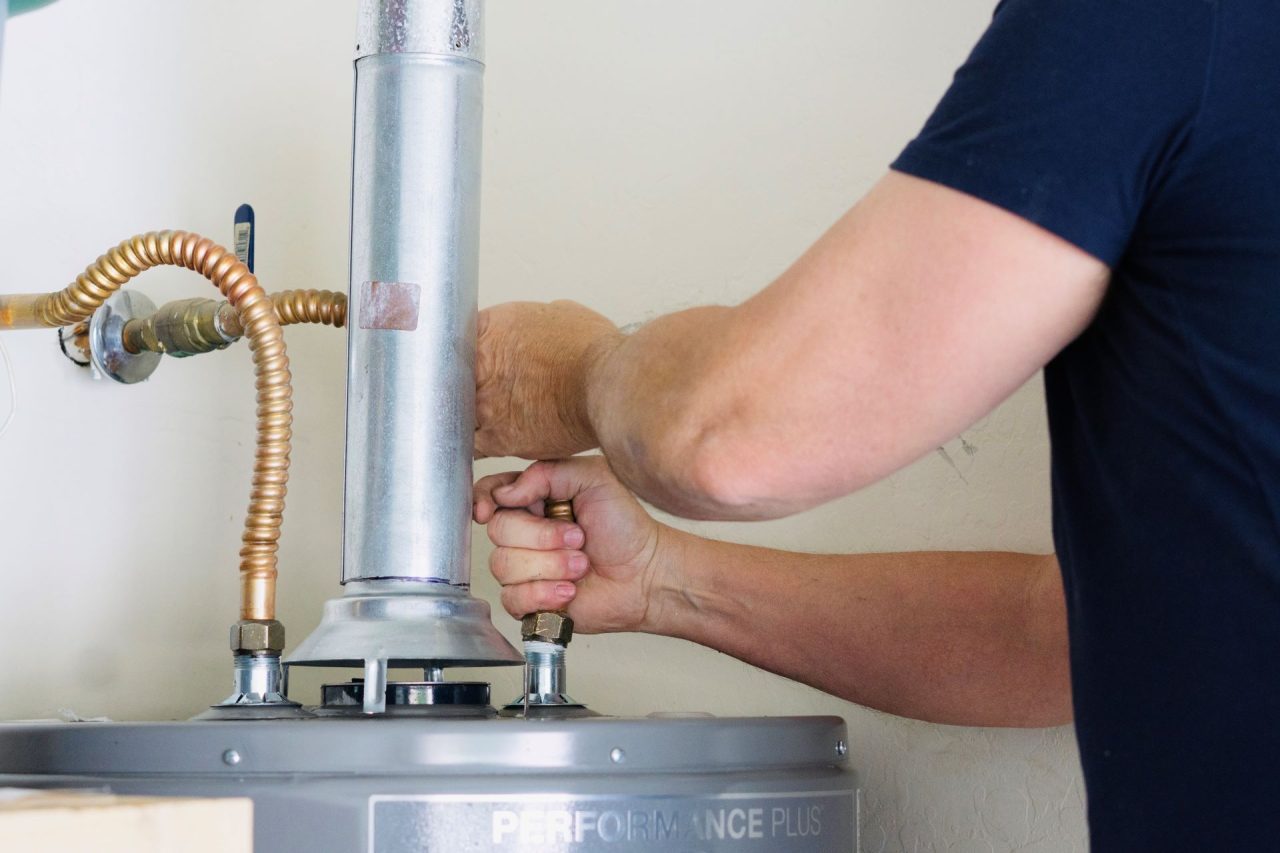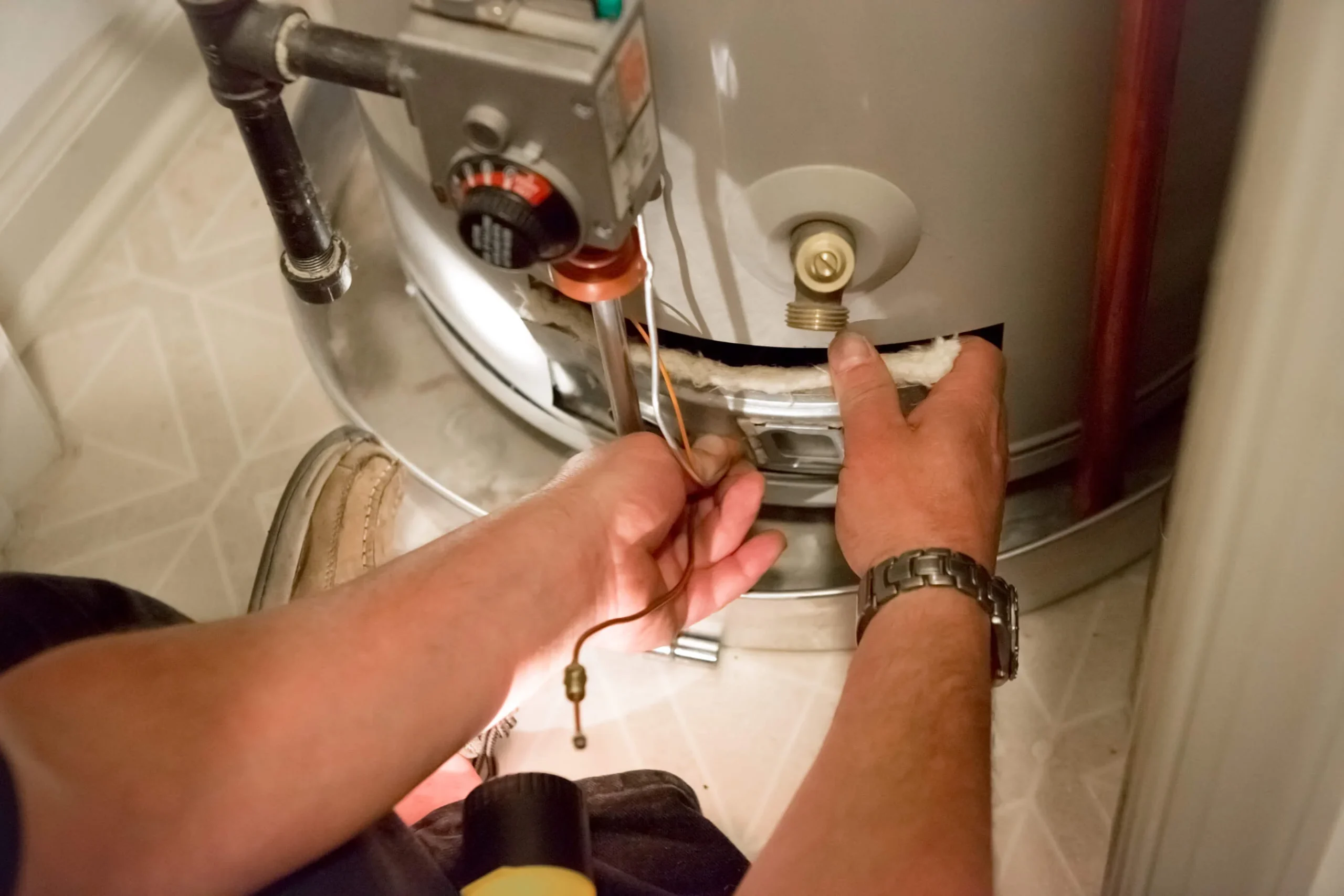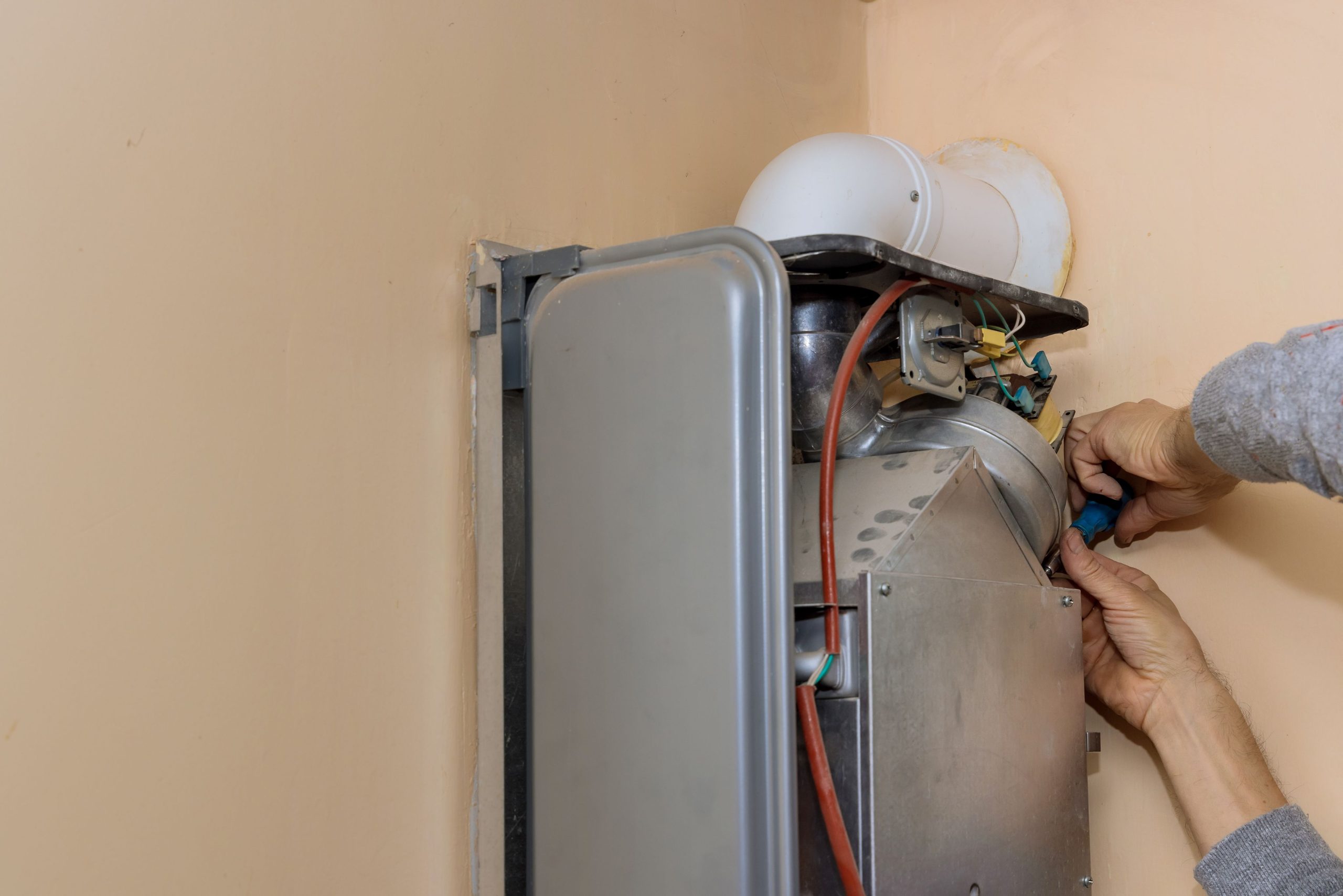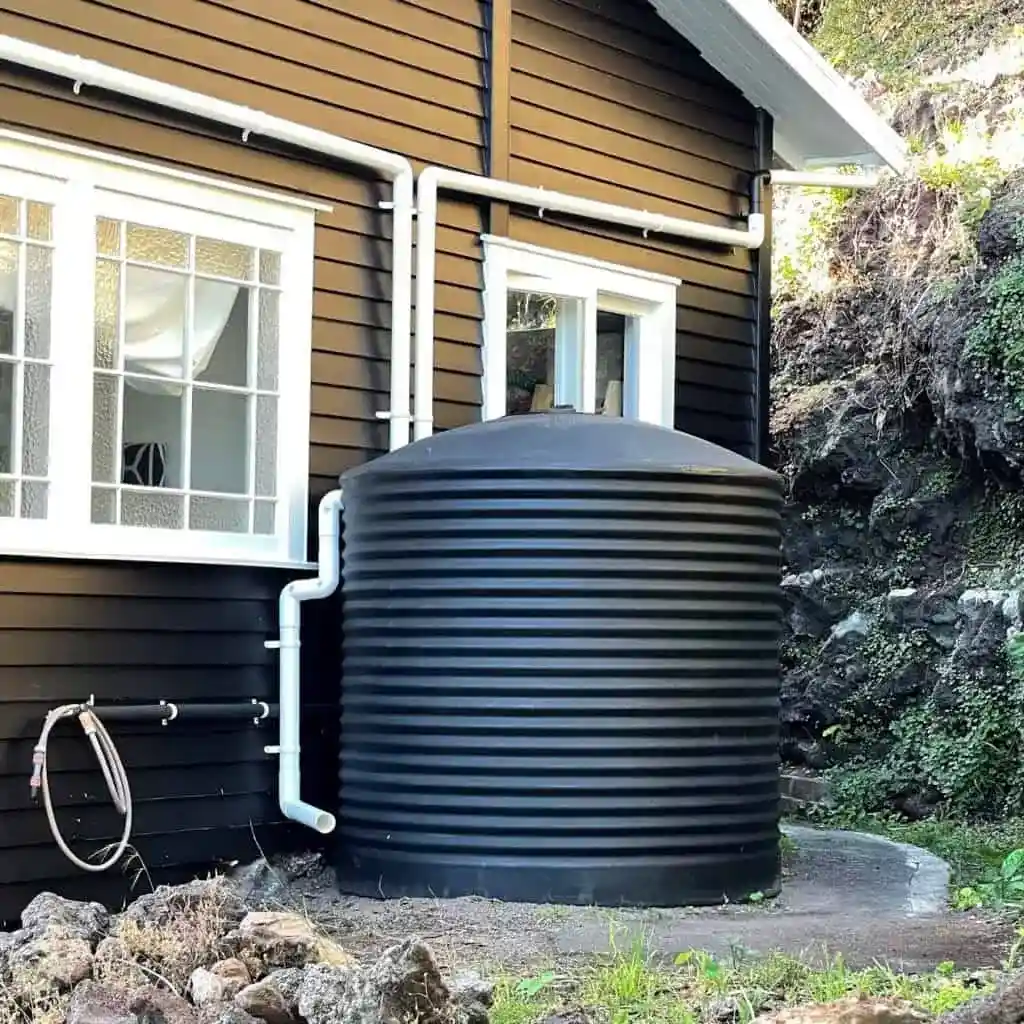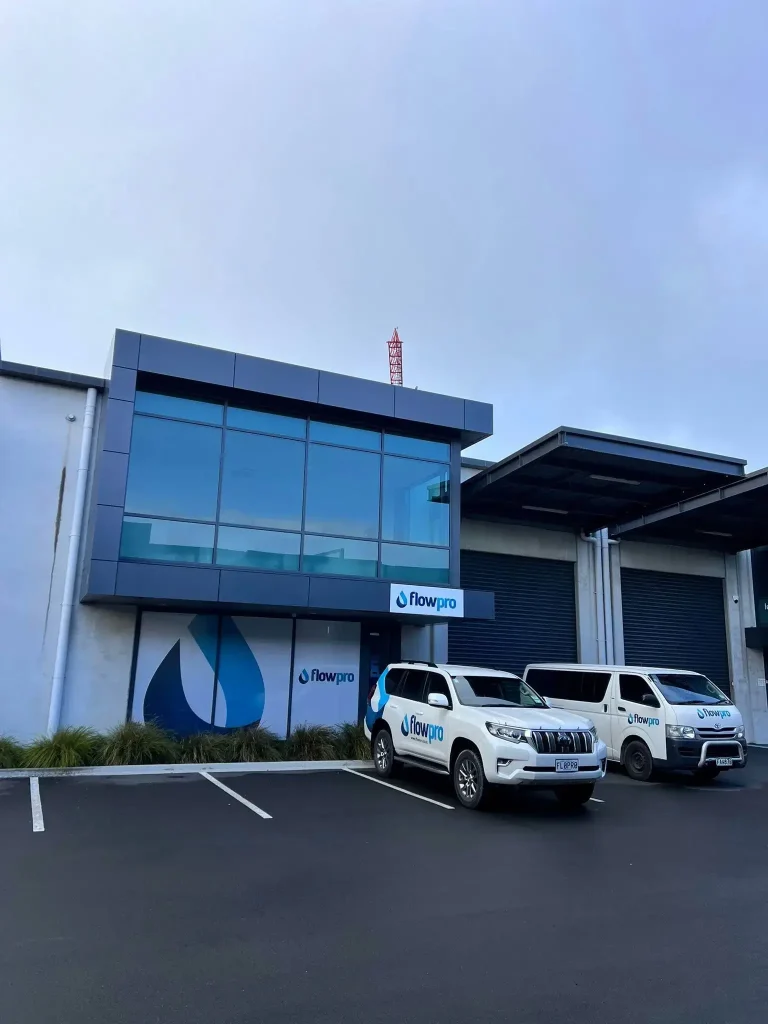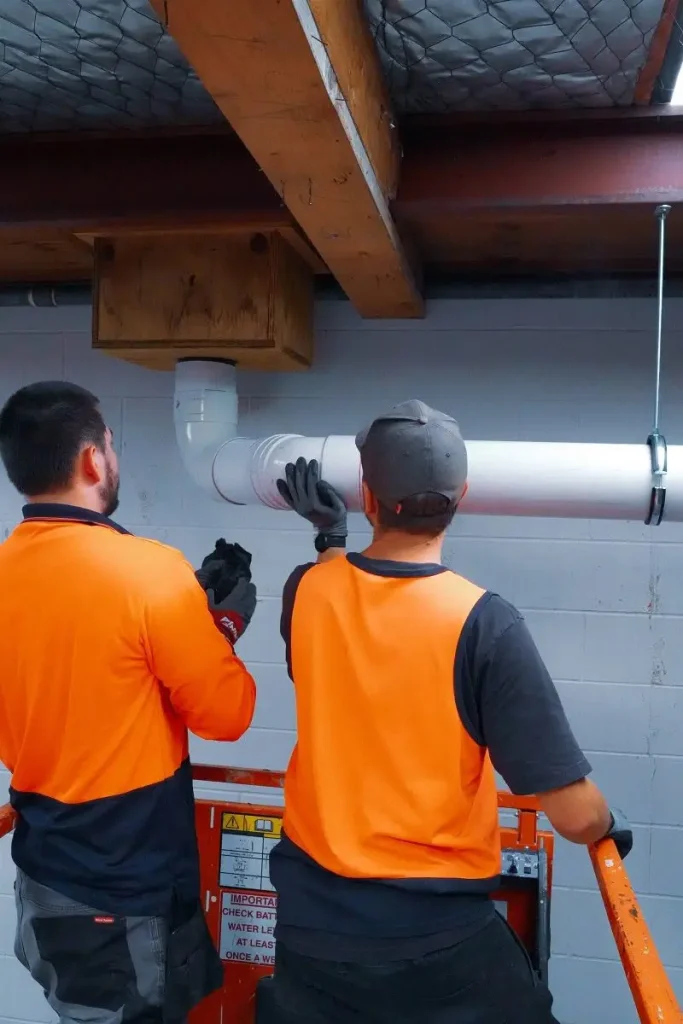If you own a gas hot water heater, understanding venting requirements is essential for both safety and efficiency. Proper venting ensures harmful gases like carbon monoxide are directed outside, keeping your home safe and compliant with New Zealand standards.
In this guide, we’ll explain the basics of venting, outline the most common venting systems, cover compliance rules you need to follow, and highlight warning signs of poor or unsafe venting. With this knowledge, you’ll be better prepared to maintain your hot water system and protect your household.
Why Safe Gas Hot Water Heater Venting Matters
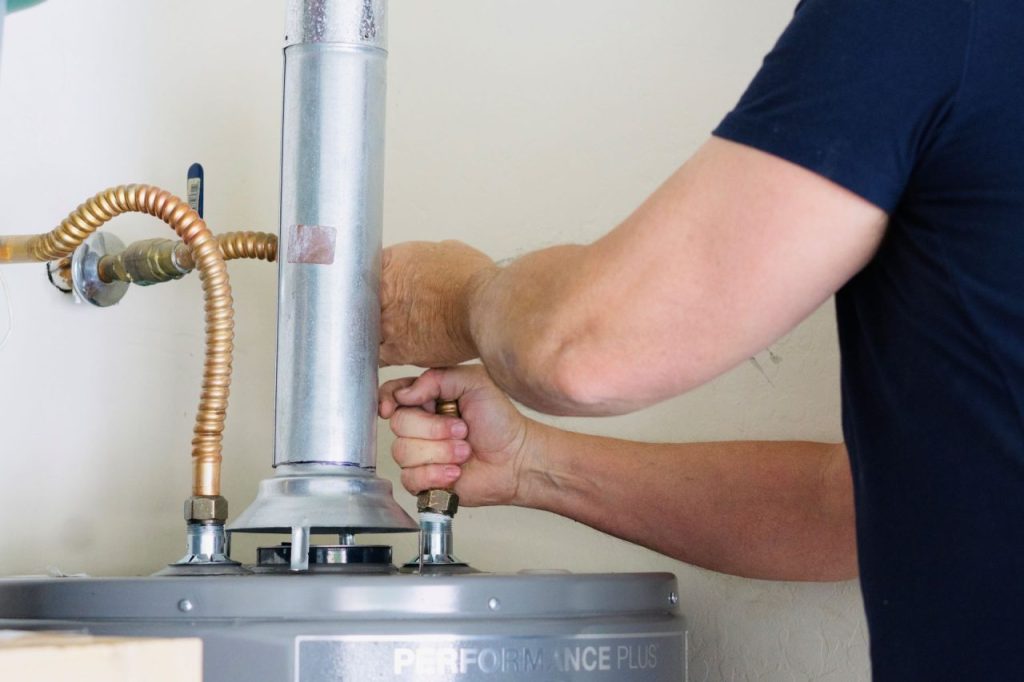
Venting is the process that carries combustion gases from your gas hot water heater out of your home. Each time the burner ignites, it produces carbon monoxide and other by-products that must be directed outdoors. Without proper venting, these gases can build up indoors and create serious hazards.
- Reduce carbon monoxide risks: Safe venting directs harmful fumes outside, preventing dangerous accumulation indoors.
- Lower fire risks: Combustion gases can become extremely hot. Venting removes this heat and reduces the chance of ignition problems.
- Protect indoor air quality: Even at low levels, exhaust gases can degrade air quality, irritate breathing, and cause discomfort.
Proper venting is not just a compliance requirement; it’s a safeguard for your health and property. If you’re unsure about the condition of your system, professional gas heater services can assess venting and keep your water heater running safely.
Common Venting Options
Not all gas hot water heaters use the same venting system. The type of vent you have depends on the heater’s design and your home’s layout, and each option comes with its own requirements for safe operation.
Direct Vent
Direct-vent systems draw combustion air from outside and send exhaust gases back outdoors through sealed pipes. This setup reduces indoor air contamination and works well in tightly sealed homes. The key requirement for his setup is a properly installed sealed system to prevent leaks.
Natural Draft
Natural draft vents use hot air rising through a vertical flue or chimney to carry gases outside. They are cost-effective but rely on proper airflow to avoid backdrafting. A correctly sized flue and consistent ventilation are essential for this kind of set up.
Power Vent
Power-vent systems use an electric fan to push exhaust gases out horizontally or vertically. They allow more flexibility in where the heater is placed. However, they require an electrical connection and ongoing maintenance of the blower.
Other Variations
Other options include balanced flues, shared flues, and concentric vents. Each has specific sizing and clearance requirements to ensure safe airflow. Professional installation is crucial to prevent gases from re-entering the property.
Different venting systems come with different safety requirements, so working with a licensed gas fitter is the best way to ensure proper installation. Pairing this with a regular gas safety check helps keep your hot water system efficient, compliant, and safe for your household.
Follow NZ Building Code Requirements
If you’re in New Zealand, you’ll find detailed requirements in the Building Code and the Gas (Safety and Measurement) Regulations. These rules specify aspects like vent pipe diameter, allowed materials, and proper termination points. You can often find summarised guidelines on official government websites or from local councils.
Key compliance areas:
- Clearance from combustibles. Any vent or flue should be a safe distance from flammable materials, according to NZ standards.
- Proper termination location. The vent should expel gases in a place where people or structures aren’t placed at risk.
- Approved materials. Using the wrong piping or failing to handle it as per the manufacturer’s instructions can quickly lead to code violations.
Meeting these regulations ensures your gas hot water heater venting requirements align with local standards. If your water heater isn’t up to code, you could face not only safety risks but also potential fines or issues during property inspections.
The Risks of Not Following Venting Requirements
Improper gas hot water heater venting is not a minor issue. Failing to meet requirements can lead to serious health, safety, and financial consequences, such as:
1. Carbon Monoxide Poisoning
Carbon monoxide (CO) is invisible and odourless, yet highly dangerous. At low levels, CO inhalation can cause headaches and dizziness. At higher levels, it’s life-threatening. If exhaust gases from your heater back up indoors instead of travelling outside, they can quickly fill enclosed or poorly ventilated rooms.
2. Fire Hazards
Combustion gases carry heat, sometimes at very high temperatures. If your vent pipe is too close to combustible materials or if there’s a crack that allows hot gases to escape, a fire could start. Proper installation follows strict clearance rules for this reason.
3. Structural Damage
Moisture from vented combustion by-products can collect on surfaces, causing corrosion or mildew over time. Constant exposure to these steamy fumes can degrade building materials, weaken structures, and damage insulation.
4. Higher Energy Bills
When venting is inadequate, the heater may run inefficiently. This means longer heat-up cycles, more wear and tear on the system, and ultimately more money out of your pocket. By tackling venting issues early, you save yourself from surprising utility bills.
When Should You Call a Licensed Gasfitter?
While you can manage small tasks like checking for rust or keeping the air intake clear, installing, repairing, or upgrading a venting system requires professional expertise. A licensed gasfitter ensures everything is done safely and to code.
Situations where you should call a gasfitter:
- You are replacing an older water heater with a more powerful model.
- You notice signs of backdrafting or possible carbon monoxide exposure.
- You are unsure how to check for gas leak water heater issues and want a professional to assess it safely.
- Your system is shutting down frequently for safety reasons.
- You need confirmation that your setup meets local regulations.
A certified gasfitter understands New Zealand’s requirements, installs venting correctly, and helps you avoid both safety hazards and compliance issues. Gas lines and exhaust systems are not DIY projects. Calling a professional is the safest choice for you and your property.
Protect Your Family’s Safety
Following gas hot water heater venting requirements is key to preventing carbon monoxide, fire risks, and costly system damage. Staying on top of compliance keeps your hot water running efficiently and your household safe.
At Flowpro, our licensed gasfitters specialise in gas safety checks and ensure your venting meets New Zealand’s strict standards.
Call 098024984 or email plumbing@flowpro.co.nz today to book your gas safety check and let Flowpro keep your hot water heater venting system safe and compliant.
